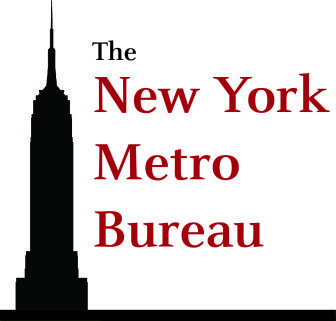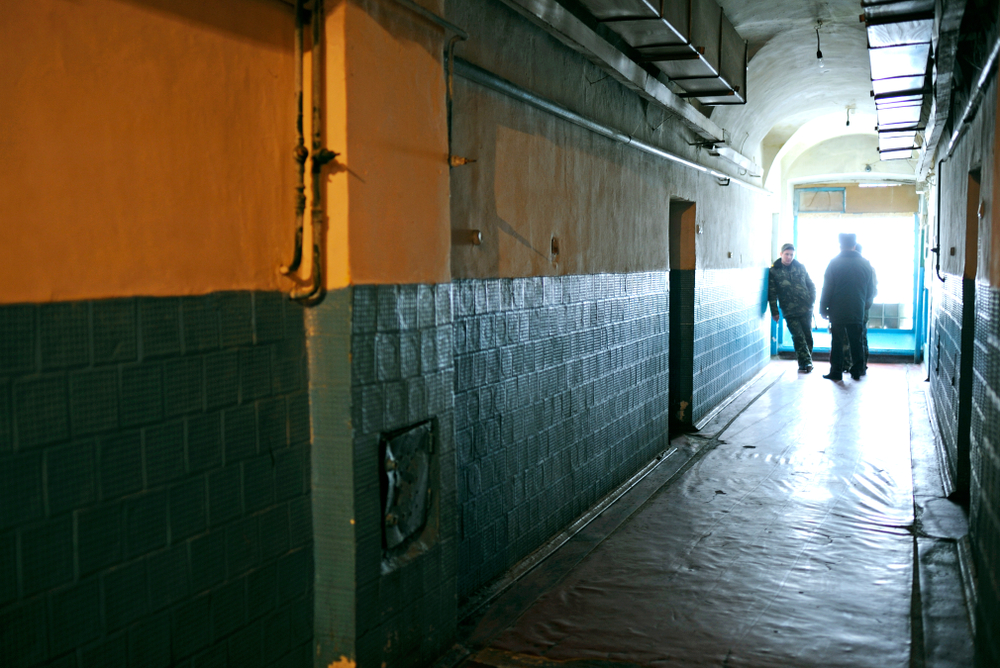Juvenile justice advocates are expressing tempered enthusiasm over the planned closing of California’s state-run facilities.
“This is overall a good thing, but there are absolutely concerns,” said David Muhammad, executive director of the National Institute for Criminal Justice Reform. “The [county] juvenile halls in California are not designed nor equipped to run long-term rehabilitation and treatment programs. They don’t have the space or the resources to do that effectively. There’s going to need to be some changes.”
California Gov. Gavin Newsom plans to permanently close all state-run juvenile  detention facilities, according to an update to his proposed state budget unveiled Thursday. The state would offload the responsibility of incarcerating sentenced youth to its county probation departments.
detention facilities, according to an update to his proposed state budget unveiled Thursday. The state would offload the responsibility of incarcerating sentenced youth to its county probation departments.
The proposal would shutter four facilities that house about 750 youth beginning Jan. 1, 2021, when intake of new offenders would stop at those places. It would also move the state’s Division of Juvenile Justice (DJJ) from the Corrections Department to the Health and Human Services Agency, where it would be known as the Department of Youth and Community Restoration.
The Center on Juvenile and Criminal Justice (CJCJ), based in San Francisco, for years has reported on the prevalence of violence at the state-run facilities, where, it says, over half of incarcerated youth are held over 100 miles from their homes.
“In order to reduce the number of people in confinement, we need to reduce the institutions of confinement,” said CJCJ Executive Director Daniel Macallair.
“It’ll be a mosaic. Some counties will do a good job,” he said. “And underperforming counties will need help.”
Do counties have resources, structures?
Vincent Schiraldi, the co-director of the Columbia University Justice Lab, said he hopes California rolls out the plan gradually so that children don’t end up in worse facilities — or the adult system.
The biggest challenge, he said, is that by Jan. 1, when intake at state juvenile facilities is slated to end, California needs parallel county-level resources up and running for the most troubled youth.
The 59 county probation departments are responsible for youth facilities that today mostly hold juveniles before their adjudication. Under the new proposal, the counties would get an unspecified cut of the savings that would flow from the state’s shuttering its mostly empty facilities. California will also offer competitive grants for county probation departments to provide sex behavior and mental health treatment to its youth in custody.
The Chief Probation Officers of California (CPOC), the lobby group comprising the county probation departments, said proper planning and more resources would be necessary to make a successful shift.
“The youth at DJJ have the most serious needs, which if left unaddressed, pose the most serious risk to our communities,” said Chief Brian Richart, president of CPOC, in a statement. “As evidenced by the low numbers of youth at DJJ, if probation currently had the services in place at the local level, we would be treating these youth locally already. While we might be professionally prepared for this, we are not financially and structurally prepared for it and this proposal, as written, does not do enough to get us there.”
County juvenile halls have a capacity of about 11,200 and currently hold roughly 3,600 youth, according to Newsom’s proposal. In November 2019, the chief probation officers’ lobby group proposed a framework for a bill, currently before the state legislature, that would expand California’s juvenile jurisdiction to include 18- and 19-year-olds. Like Newsom’s proposal, that raise the age bill would also likely increase the populations in the juvenile halls run by the counties.
Jerry Brown, the Democratic governor who preceded Newsom, floated the same basic proposal in 2011 and 2012. Newsom tried to pass the reorganization — but not the facility closings — via last year’s budget.
The current cost-cutting proposal comes as California faces a $54 billion budget crisis that Newsom has attributed wholly to the financial consequences of the coronavirus. The state assembly and senate will consider the governor’s revised budget proposal and must pass a balanced budget by June 15.
Most states still hold youth
The governor’s office did not respond to questions about its plan for implementing the proposal. In the revised budget, the administration says moving DJJ out of the auspices of the corrections department is “intended to align the rehabilitative mission of the state’s juvenile justice system with trauma-informed and developmentally appropriate services supported by programs overseen by the state’s Health and Human Services Agency.”
When the state’s juvenile system was known as the California Youth Authority, it held 10,000 youth in custody at its peak in the ’90s.
“The fact that it’s disappearing is just astonishing,” Schiraldi said.
A former commissioner of the New York City Department of Probation, Schiraldi pointed to New York’s passage in 2012 of its close to home law as the closest precedent for California’s proposal. That law removed all New York City children from the state’s system of youth incarceration — about 500 of them — after many state youth prisons were closed.
Vermont and Connecticut have moved to end state-run youth incarceration, but the vast majority of states operate juvenile detention facilities. And raise the age efforts in some cases have grown the footprints of state-run juvenile systems.
North Carolina, which already operates seven juvenile detention facilities and four youth development centers, plans to build a new youth development center to hold youth post-adjudication.
Schiraldi said Newsom’s proposal should serve as an example to other states that incarcerate youth in a state-run system.
“If California can close their youth prison system, everybody can close their youth prison system.”

Closing DJJ does not end crime. DJJ has provided youthful offenders the opportunity to better themselves through the rehabilitation process. It provides a room solely occupied by one person, it provides three meals a day, it provides mental health services, education and employment services and medical services. In addition, it provides re-entry back into the communities. Most of these youthful offender do not get the same treatment in their counties. Most of the counties do not know what to do with violent youth and this is one of the reasons DJJ receives them. The re-entry process is a huge deal to these youth to make most of them a better person not to re-offend. In addition, the 18 year olds will get transferred to adult facilities what rehabilitation are they going to provide for these kids in an adult facility?